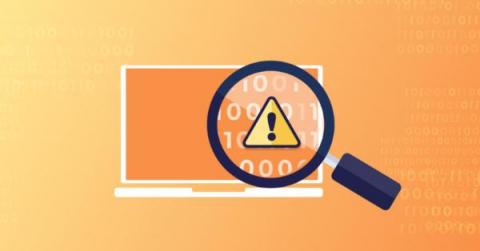SquareX Unveils Polymorphic Extensions that Morph Infostealers into Any Browser Extension - Password Managers, Wallets at Risk
With recent attack disclosures like Browser Syncjacking and extension infostealers, browser extensions have become a primary security concern at many organizations. SquareX's research team discovers a new class of malicious extensions that can impersonate any extension installed on the victim's browser, including password managers and crypto wallets.











